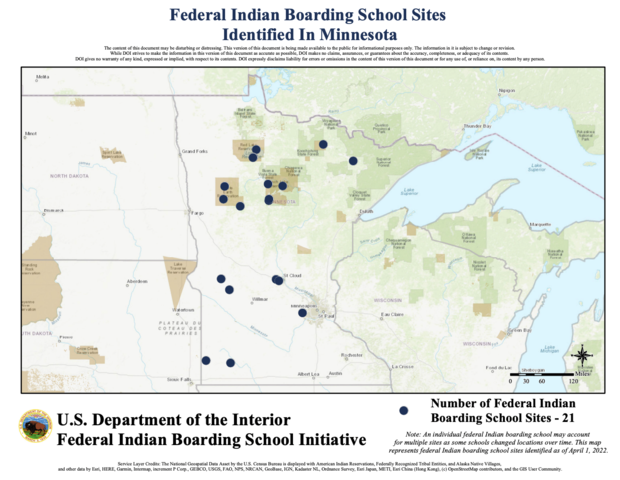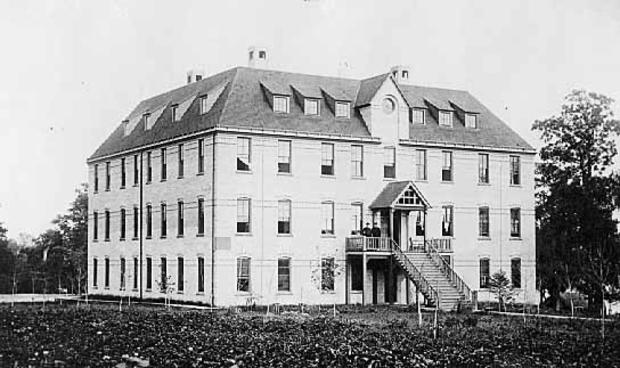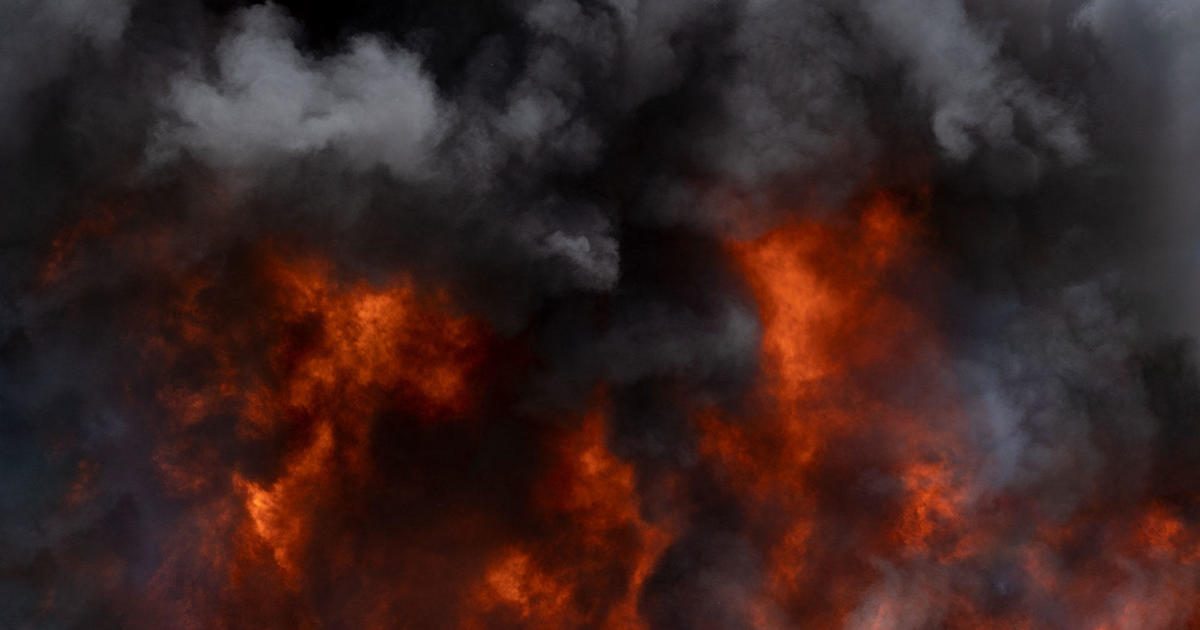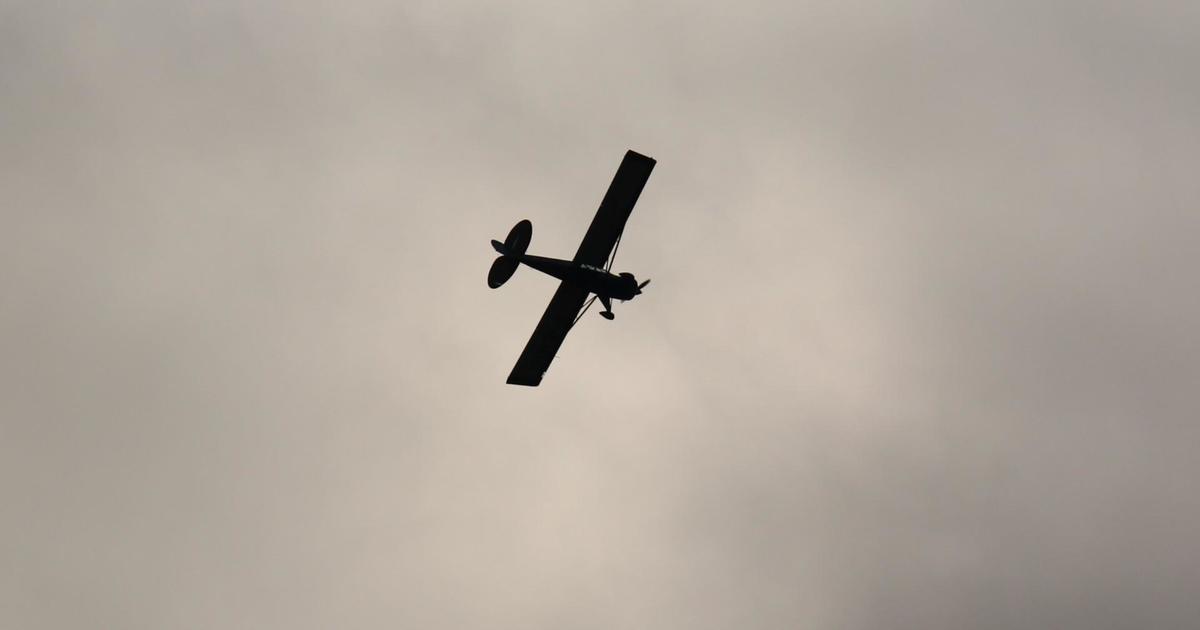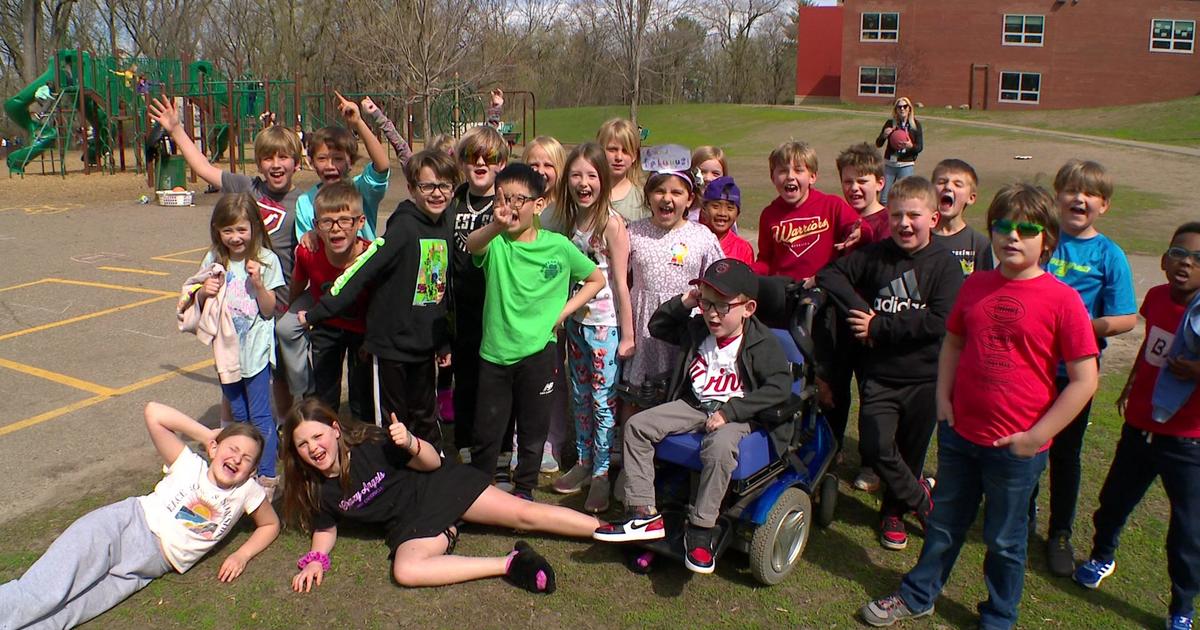Interior Dept. Investigation Identifies 21 Federal Indian Boarding School Sites In Minnesota
MINNEAPOLIS (WCCO) -- An investigative report from the Department of Interior (DOI) has identified 21 federal Indian boarding school sites in Minnesota.
On Wednesday, Secretary of Interior Deb Haaland and Assistant Secretary for Indian Affairs Bryan Newland released Volume 1 of the report as part of the Federal Indian Boarding School Initiative, a comprehensive effort to "address the troubled legacy of federal Indian boarding school practices."
Starting in the late 1800s, Native American children were forcibly taken from their families and placed in boarding schools, where they were stripped of their Native traditions and language.
Nationally, the investigation found that, between 1819 and 1969, the federal Indian boarding school system consisted of 408 federal schools across 37 states, including 21 schools in Alaska and seven in Hawaii. The boarding schools are no longer in operation.
"The consequences of federal Indian boarding school policies—including the intergenerational trauma caused by the family separation and cultural eradication inflicted upon generations of children as young as 4 years old—are heartbreaking and undeniable," Haaland, who is the first Native American to serve as a cabinet secretary, said. "We continue to see the evidence of this attempt to forcibly assimilate Indigenous people in the disparities that communities face. It is my priority to not only give voice to the survivors and descendants of federal Indian boarding school policies, but also to address the lasting legacies of these policies so Indigenous peoples can continue to grow and heal."
Minnesota was tied with Alaska for the third-most boarding school sites, clustered in areas around White Earth, Leech Lake and Red Lake reservations. There were also sites located west of the Twin Cities and near St. Cloud.
Minnesota's Lt. Gov. Peggy Flanagan, who is Native American and a citizen of White Earth Nation, addressed the report following its release.
"This report is devastating and important," Flanagan said. "We have a responsibility here in Minnesota – and across the country – to understand the impact the boarding schools had on our families and to take action."
Arizona had the most boarding schools with 47 and South Dakota had the second-most with 30. The investigation also found marked and unmarked burial sites at 53 different schools across the system. More burial sites are expected to be identified as the investigation continues.
The initial investigation also found that 19 of these boarding schools accounted for over 500 child deaths, but the DOI expects that number to increase as the investigation continues.
The investigation's first volume highlights some of the conditions that Native American children endured at these schools, and "raises important questions about the short- and long-term consequences" the boarding schools had on these children and communities. It's also an extensive and first-ever inventory of federally operated schools.
"The investigation found that the federal Indian boarding school system deployed systematic militarized and identity-alteration methodologies in an attempt to assimilate American Indian, Alaska Native, and Native Hawaiian children through education, including but not limited to renaming Indian children from Indian to English names; cutting the hair of Indian children; discouraging or preventing the use of American Indian, Alaska Native, and Native Hawaiian languages, religions and cultural practices; and organizing Indian and Native Hawaiian children into units to perform military drills." - DOI
Additionally, the report found that the school system focused largely on manual labor and vocational skills, which left the graduates with employment options "often irrelevant to the industrial U.S. economy, further disrupting Tribal economies."
Moving forward, as part of the Federal Indian Boarding School Initiative, Haaland also announced "The Road to Healing." It's a year-long tour that includes travel across the country to allow Native American, Alaska Native, and Native Hawaiian survivors of the federal Indian boarding school system to share their stories. The DOI will also connect communities with trauma-informed support and facilitate collection of a permanent oral history.
The second volume of the investigative report will include more identification of marked and unmarked burial sites, an approximation of the total amount of federal funding used to support the federal Indian boarding school system and "further investigation to determine the legacy impacts of the school system on American Indian, Alaska Native, and Native Hawaiian communities today."
